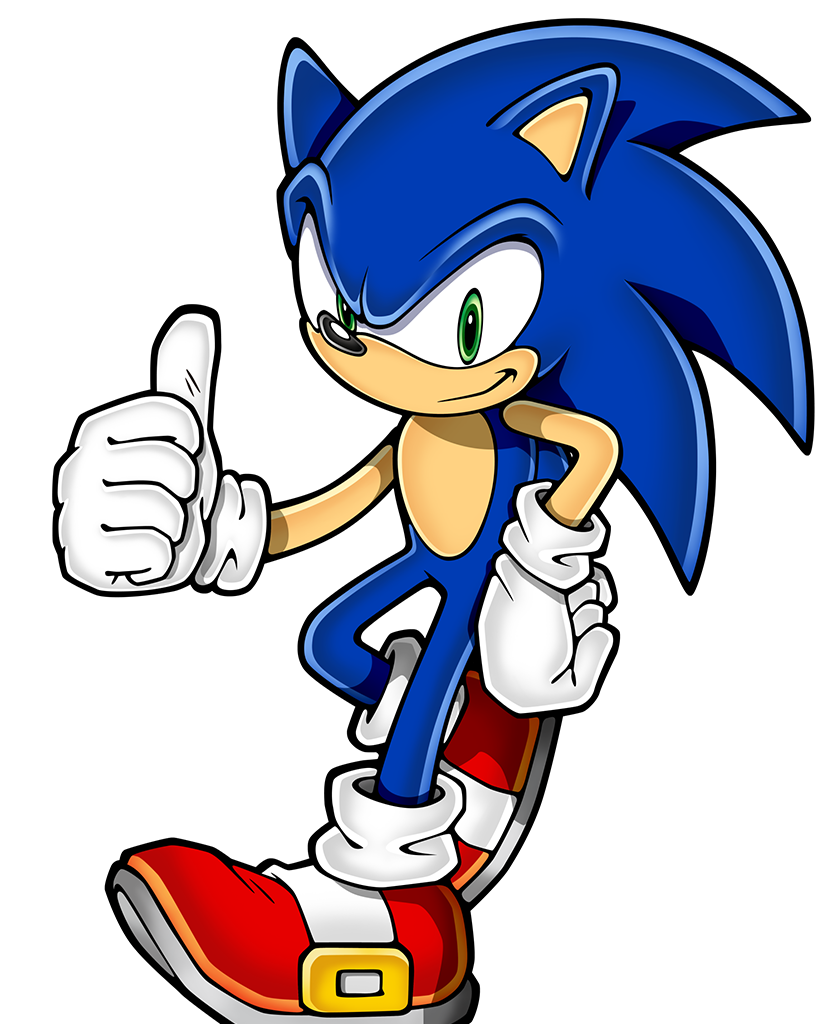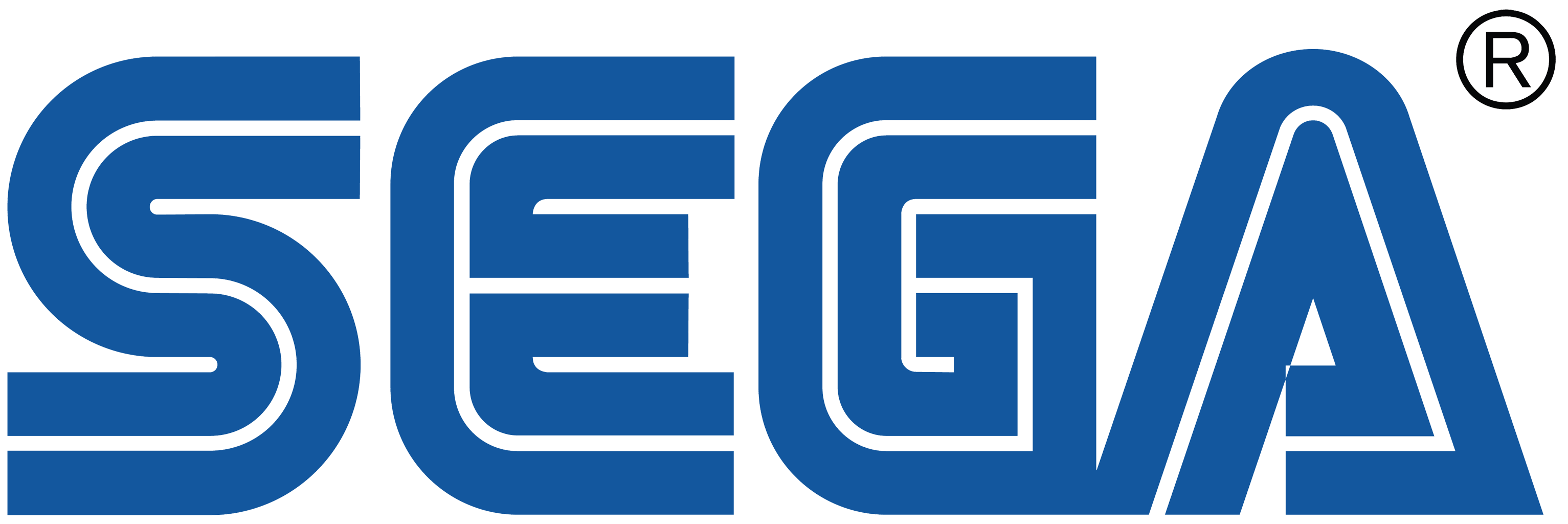
The story of the video game company
SEGA is a Japanese multinational video game developer, publisher, and hardware development company headquartered in Tokyo, Japan, with multiple offices around the world.
This society was founded in Honolulu, Hawaii in 1940 by Marty Bromley1, its former name was Service Games and it was expert in the field of coin-operated jukeboxes, games, and slot machines. In 1956 SErvice GAmes became SEGA.
During the 60’s and the 70’s, under David Rosen2’s leadership (he was an American Air Force Officer, former president of Rosen Enterprise, later merged to SEGA), SEGA continued to grow and it prospered heavily from the arcade gaming boom of the late 1970s, with revenues of over $100 million by 1979.
In order to keep pace with the rapid evolution of market games, SEGA, along with Gremlin Industries (run by Hayao Nakayama, who would later serve as Sega's CEO) developed and manufactured new microprocessor-based arcade games but the video game crash of 1983 would force SEGA into uncharted territory: the home console’s one.
Sega entered in the home console market with the SG-1000, which was a failure compared to the products developed by Nintendo, but it helped as a matter of renaissance within the company. The company so moved to the American Market with the Mark III, which they redesigned as the SEGA Master System. Still SEGA was not able to reach Nintendo’s success.
Only during the end of the 80’s and the beginning of the 90’s, SEGA launched the Mega Drive, regarding it as the genesis for the West; with this console, they also made public their new mascot: Sonic the Hedgehog.
Finally SEGA managed to capture over half of the market share from Nintendo.
The most famous games
The most famous titles from SEGA began to be seen from the publication of Sega Master System, forwards: it delivered hits like Space Harrier, Out Run, Shinobi, and an original game exclusive to the console, Alex Kidd in Miracle World.
As far as the SEGA Mega Drive is concerned, the undisputed masterpiece was Sonic the Hedgehog.
Space Harrier
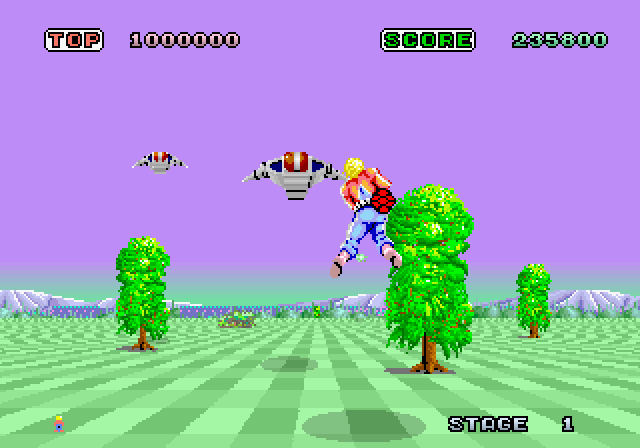
Released in 1985, is a third-person rail shooter game; born as an arcade, it then saw ports to many home game systems.
In the gameplay, the player is forced along the levels, running or flying around enemy fire, while shooting back with fireballs via the character's under-arm cannon.
The character graphics are sprite-based (two dimensional), though the level backgrounds are pseudo-3D.
Out Run
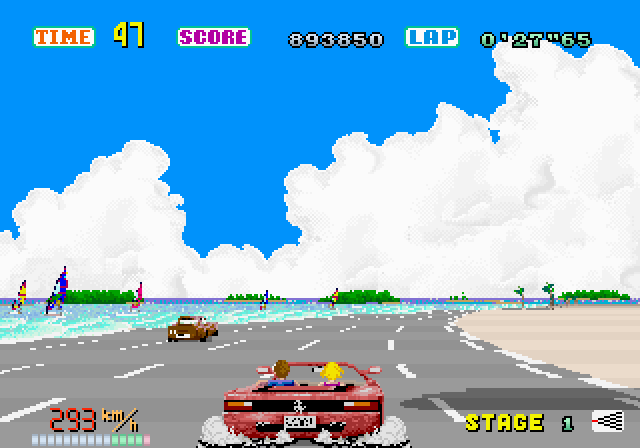
Released in 1986, is an arcade 3D third-person racing game, it became one of the best-selling video games of its time, winning the Golden Joystick Award3 for Game of the Year.
One of the innovations was the moving cabinet that emulates the movements of the car along with graphics and music (the possibility of choosing which song listen while playing).
The peculiarity of this game is the given sense of luxury and relaxation so that Yu Suzuki4 (the designer and developer) has classified Out Run not as a racing game, but as a "driving" game.
Shinobi
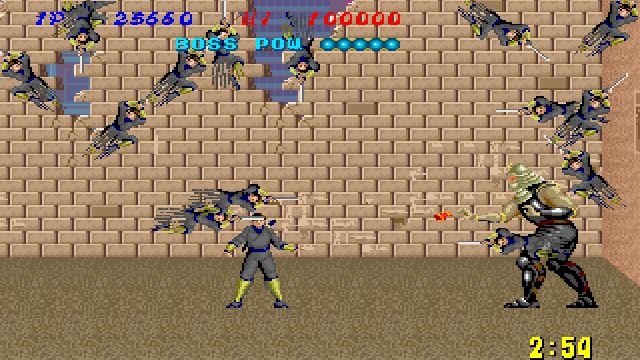
Released in 1987, is a side-scrolling action game, as most games from SEGA, it was born as an arcade, it then saw ports to many home game systems.
The main character is a modern day ninja who tries to save a student of him who was kidnapped from a group of terrorists. The game is long five missions (three stages for the first mission and four stages each for the rest).
The gameplay consists of eight way joystick and three action buttons for attacking, jumping and using "ninja magic" techniques. The ninja is equipped with weapons that are: an unlimited supply of shurikens, along with punches and kicks when attacking at close range, a gun that fires large, explosive bullets and a katana slash(only when he reaches the attack upgrade).
Alex Kidd in Miracle World
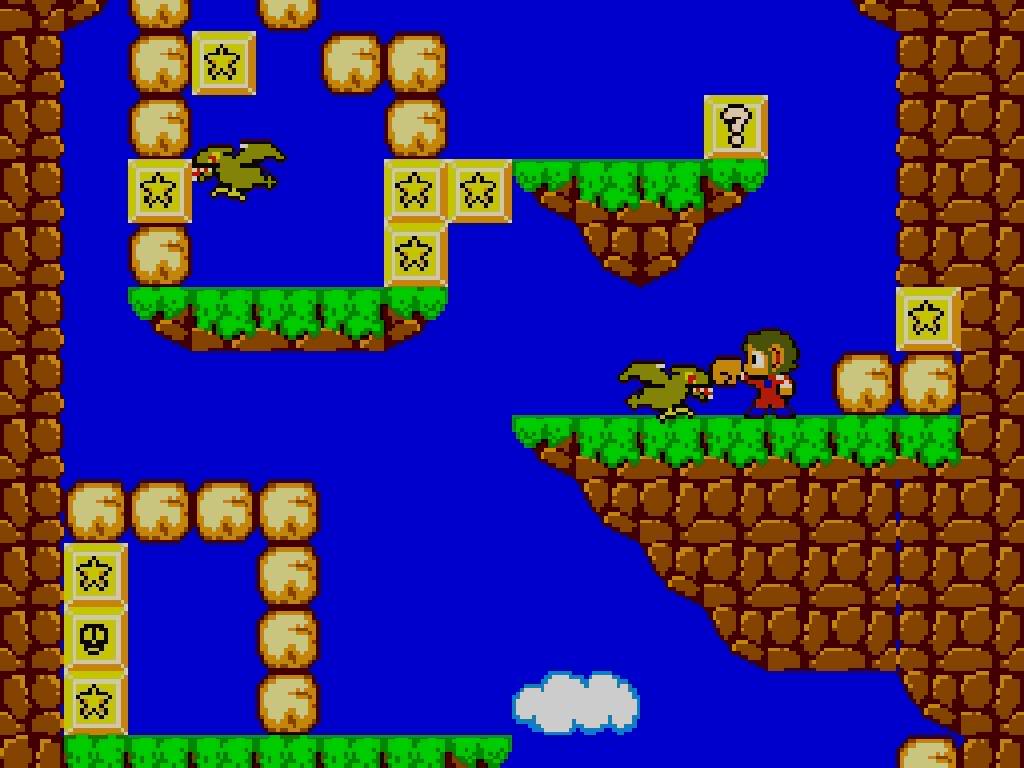
Released in 1986, is a platform game. With this title, it was started the series created from this character.
In a 2D environment and in a total of 17 stages, the player controlling Alex has to overcome obstacles and face many monsters.
He is able to use a punch in order to attack enemies, break certain types of rocks to open blocks, and access new areas and collect money. Certain books release an evil spirit that will try to kill Alex.
The game is not so obvious and easy to complete: any money Alex collects can be used to purchase items such as motorbikes and “peticopters" in order to better complete the various levels.
Sonic the Hedgehog

Released in 1991, is a 2D side-scrolling platform video game. The main character of the game is the well known blue hedgehog with spikes along his head: Sonic, that has to defeat the evil scientist Dr. Robotnik because he has imprisoned animals inside robots.
The gameplay is very fast, in fact Sonic is able to run at high speed through levels that include slopes, springs and high falls and, during this, he has also to defeat enemies (with the Spin attack in which he curls into a ball) or avoid obstacles such as sharp spikes. During the game, Sonic has also to collect rings to restore his health(100 rings are equal to one more life).
This title was such a commercial success that finally SEGA was able to compete against Nintendo and his Super Mario Bros. ; both games, in fact, started to spawn numerous sequels that nowadays are still released.
External Links
- Martin Bromley(founder)
- David Rosen
- Golden Joystick Award
- Yu Suzuki
- [Visited on 05/11/14] SEGA's logo
- [Visited on 05/11/14] Sonic
- All the images are Non-free game screenshots used on fair-use
